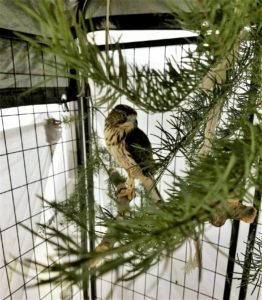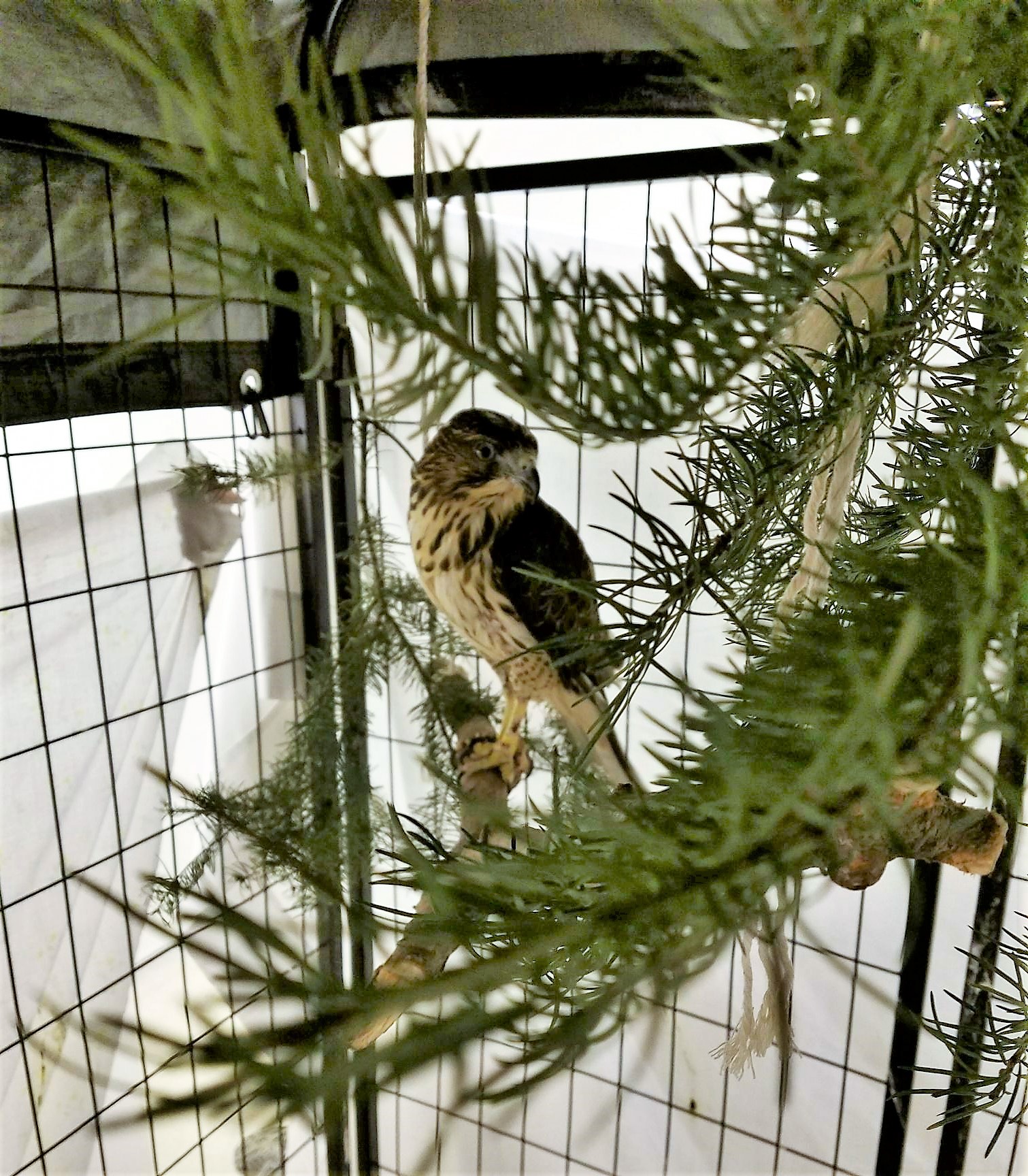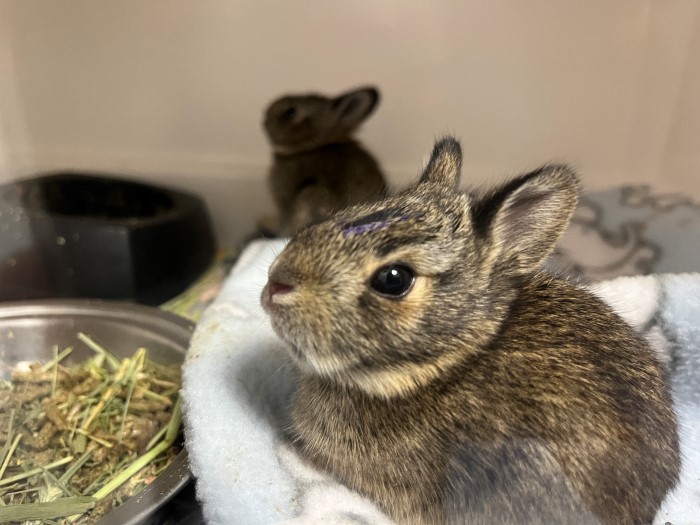By Sarah Wright, VM2

Now that we are in the depths of winter, many of you may be wondering how to help your local wildlife. It is important to recognize that winter places an environmental stressor on wildlife and different species of wildlife use various methods to adapt to this stress. Although it is typically best to avoid directly interfering with wildlife, there are steps you can take to indirectly help Illinois wildlife survive the winter. The best ways to do this are to provide access to native habitat and native food and to provide water year-round.
For habitat, native vegetation will provide the most benefit to wildlife. Dead trees, brush, wood piles, rock, and evergreen shrubs provide nesting habitat and protection for wildlife from the snow and winds that occur during the winter season. Native vegetation that yields berries and nuts gives an additional benefit to wildlife by serving as a food source. To further benefit local wildlife in your area, you can provide heated baths and bird feeders. Many species of wildlife use bird feeders as a supplemental food source in addition to native vegetation. Additionally, the heated baths provide clean fresh water for birds to drink and bathe. To prevent the spread of disease, it is important to clean bird feeders and baths regularly.
You can also help monitor the health of Illinois’s wildlife by reporting or bringing in injured or orphaned wildlife to your local licensed wildlife rehabber. For more information on how to help local wildlife in the winter in your area, contact your local DNR or the Wildlife Medical Clinical at Illinois. The Wildlife Medical Clinic at Illinois provides medical care to various wildlife species year-round and appreciates your support in its mission to provide care and treatment to sick, injured and orphaned wild animals.




